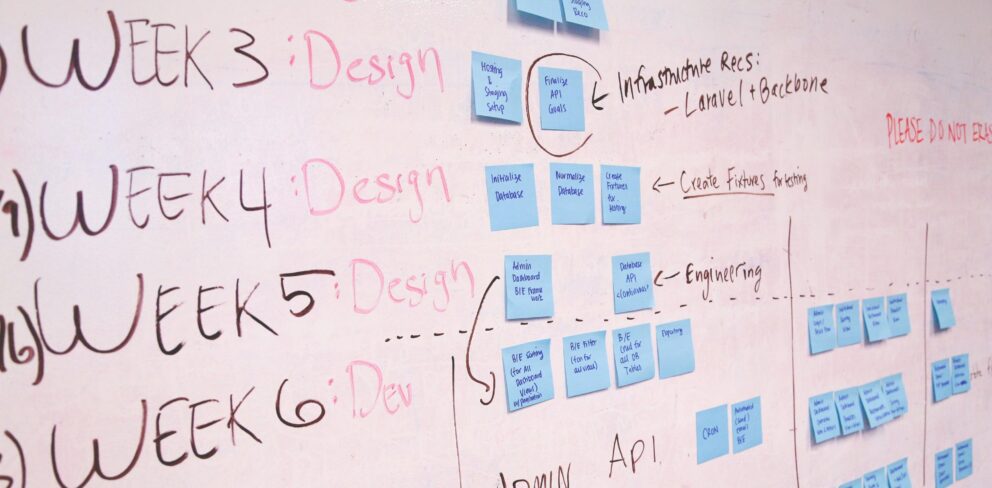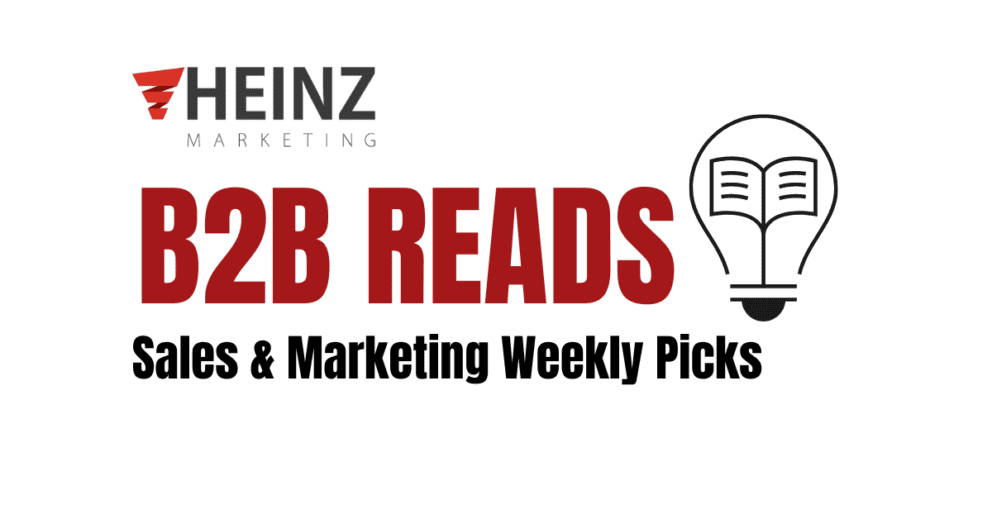The Key Elements of Great Buying Personas

By Brenna Lofquist, Senior Marketing Consultant at Heinz Marketing
It’s no secret that buyers’ personas are a key element to marketing and sales. If you don’t understand the people you are targeting, how are you going to sell them your product or service? Personas should be developed and socialized to the organization, with feedback from sales and other departments that interact with prospects and customers. But what I really want to talk about here are the key elements of a great buyer persona.
In my experience, there are some elements of personas I’ve seen that I don’t find very useful as a marketer, but we won’t get into that. Each persona should act like a guide that will direct the content, formats, and channels your targets are using as well as messaging points that will resonate with them.
By no means is this an exhaustive list, but here are some of the key elements I believe are important when developing buyers’ personas.
Pain points
This should be a no brainer. To understand your audience, you need to know what pains they are experiencing in their business. This will help you better understand how your product/service can benefit them but also, how to speak to them with a message that will resonate. As you develop the pain points for a persona think about these questions:
- What challenges do they face?
- What concerns do they have?
- What keeps them up at night?
- What’s their biggest inhibitor to company growth?
- What does their boss obsess about?
- What takes up the most time in their day?
Pain points are important because they can inform multiple aspects of marketing including content creation and messaging. Take the time to interview customers, customer-facing roles within your company, and even enlist a third-party research company if you have the resources and budget.
Goals
Goals are similar to pain points in the way that they help to better understand what your audience is trying to achieve. Their goals will explain what they are striving for day-to-day and will help you to decide how your product or service can enable them to hit their goals easier, faster, more effectively, or efficiently. Here are some questions to think about when developing persona-specific goals:
- Is their role focused on revenue generation, business strategy, efficiency, employees, productivity, etc.?
- Make sure to get as specific as you can
- What would make your services or product a must-have for them?
- What metrics or measures of success are important to them or are they measured on?
Again, take the time to interview customers within the different roles of your personas to understand their goals and how they might differ between organizations.
Job Focus Areas and Responsibilities
This area should be a brief synopsis of the persona’s main job focus areas and responsibilities within their role. Identifying this element of a persona will help to develop messaging that’s important to this persona and can also inform content creation based on topics or area they are focused on. Here are questions to think about:
- What are their focus areas and responsibilities within the organization?
- Again, try to be specific as possible here
- Are they responsible for business operations, technology, people, revenue, etc.?
Another idea is to think about it as a job description for a persona. Think about what areas of responsibility would be listed—those are the kinds of things you’ll want to mention in the job focus areas and responsibilities section.
Attitude and Reputation
This section gives you a look into the persona’s personality, including their strengths and weaknesses but also their perspective or feelings on certain topics all of which should be included in your persona documentation. I’ll note that this should be a generalization and doesn’t necessarily mean that every person fits into the stereotype or description provided in this section.
Attitude and reputation are often how you’ll identify how to talk to the person or things to steer clear of. For example, their reputation could be that they are a research, so they may want to bypass educational content and skip right to talking with sales. You can also use this section to talk about their role within the buying committee and how they interact with other personas. Here are questions to think about:
- What is their background in or what are they knowledgeable about?
- Do they influence other personas within the buying committee?
- Are there important things to note about how they interact with other buying committee members/personas?
- What is their attitude?
- What personality traits are these people likely to possess?
Knowing the persona’s attitude and reputation should give you a better idea for what type of person they are even outside of the organization. This can help you to plan your approach in communicating with this persona.
As I mentioned, this is not an exhaustive list of elements that should be included in your persona documentation, but they are four pretty important ones. Other elements that should be included are internal influencers, external sources of validation/content, preferred content formats, change agent triggers, use cases, and potential objections – to name a few.
I’d be curious to hear what key elements you think are most important for buyer’s personas – let me know!






